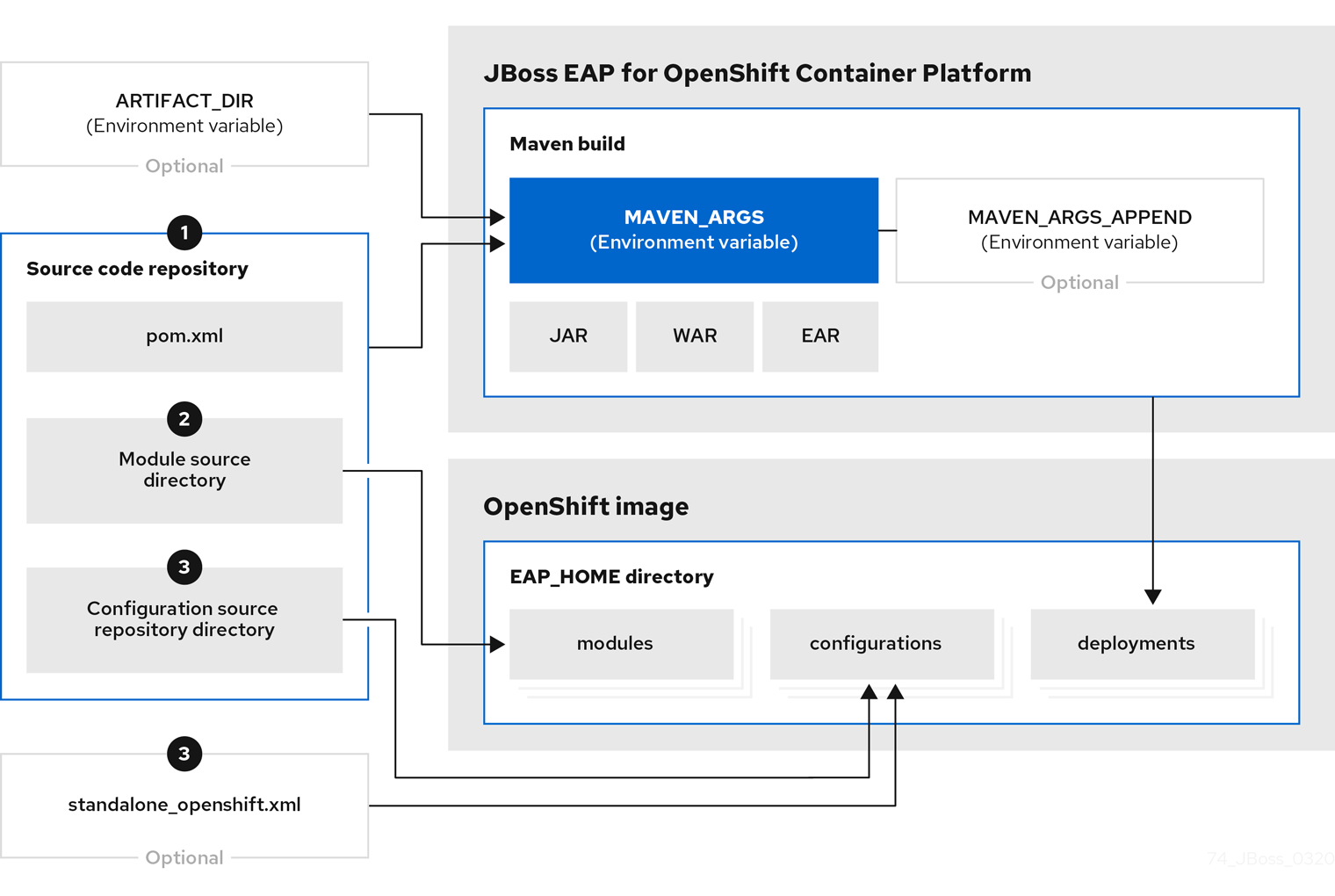MTA scans your Java codebase and generates reports that tell you exactly what's going to break when you try to containerize your apps. Whether you're escaping from WebLogic hell or just trying to get ancient Java 8 apps running on containers, MTA will find problems you didn't know you had.
The tool was originally called Windup because that's what happened to your weekend when you tried to migrate without it.
How MTA Prevents Migration Disasters
Here's the reality: migration projects always take 3x longer than estimated. Your "simple" app has 47 dependencies you forgot about, and half use deprecated APIs that don't exist in containers. I watched one team spend 3 weeks debugging ClassNotFoundException: com.sun.image.codec.jpeg.JPEGCodec because MTA's report buried that critical issue in page 47 under "POTENTIAL ISSUES".
MTA analysis takes 15 minutes for toy apps, but plan for 6 hours when it scans real enterprise garbage with decades of technical debt. The questionnaire asks 100 questions to tell you what you already know - your app is a mess.
The official migration paths include escaping from WebLogic to JBoss EAP, upgrading ancient JBoss versions, and getting Java 8 apps to work with modern OpenJDK. The analysis finds hundreds of issues but maybe a dozen actually matter.
Reports are massive HTML dumps that bury the real issues in 500 pages of noise.

The Good, Bad, and Ugly of MTA Analysis
Rule-Based Analysis Engine: MTA has thousands of predefined rules that flag everything from deprecated servlet APIs to hardcoded file paths. Most rules are garbage - the binary analysis loves to flag every servlet as "complex migration" even when they're trivial.
Application Inventory: Version 7.1 added better application cataloging so you can tag and prioritize your apps. Useful for tracking which apps are migration-ready versus which ones will make you cry. Integrates with portfolio management tools and cloud readiness assessments.
Multi-Modal Scanning: MTA can analyze source code, JAR files, and EAR archives. The dependency analysis misses Maven parent POM issues but catches most third-party library conflicts. Binary scanning works when you don't have source access, but expect lots of false alarms.
CI/CD Integration: You can plug MTA into Jenkins pipelines and similar tools. The CLI version works better than the fancy web interface, which times out on large applications.
Web console crashes on anything real.
What MTA Can Actually Migrate
MTA handles the common escape routes from legacy hell:
- WebLogic → JBoss EAP: The most painful migration path, but MTA catches the worst compatibility issues with WebSphere/WebLogic rules. See Oracle WebLogic migration guides and application server comparison matrices for detailed compatibility information
- Ancient JBoss Upgrades: Moving from JBoss 5/6 to modern EAP versions, flagging deprecated EJB patterns and configuration changes
- JDK Modernization: Oracle JDK → OpenJDK migration analysis, catching vendor-specific APIs that break. Consult OpenJDK migration documentation and Java version compatibility guides for version-specific changes
- Framework Hell: Camel 2 → 3/4 upgrades, Spring Boot version jumps, Jakarta EE 9 namespace changes
- Containerization: General "will this app survive Docker?" analysis
Effort estimates are complete fiction - assume everything takes 3x longer than predicted.
Installation and Real-World Usage
MTA needs Java 11/17 and at least 8GB RAM. Large heap requirements aren't mentioned until you run out of memory analyzing enterprise apps.

What Actually Works:
Use the CLI. Everything else crashes on real apps.
OpenShift deployment dies on anything bigger than toy apps. IDE plugins crash but at least they don't timeout like the web console bullshit.
Latest Version Still Sucks: 7.1 dropped in August 2024. RBAC improvements don't fix the fact that rule updates break custom rules without warning. Web UI still times out on anything beyond hello-world demos.
Custom Rules Development: Requires mastering Red Hat's baroque XML rule format and the patience of a saint. Everyone gives up filtering false positives after about a week.
CLI spits out HTML reports and CSV files you can actually use.
